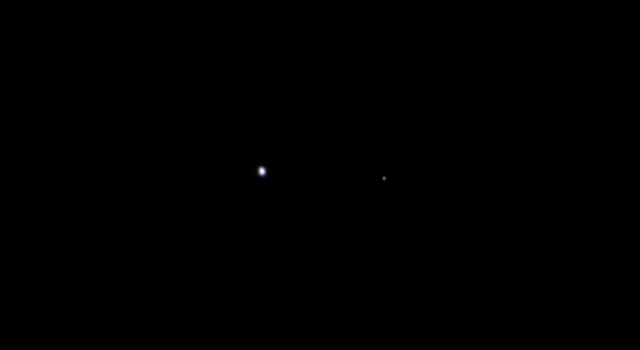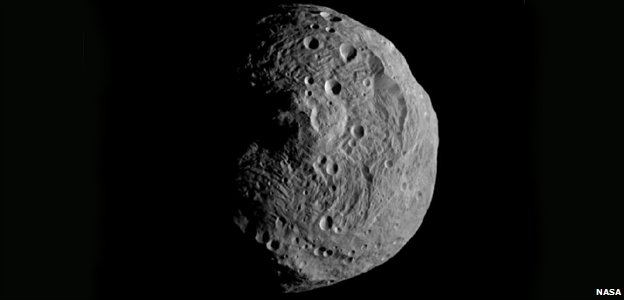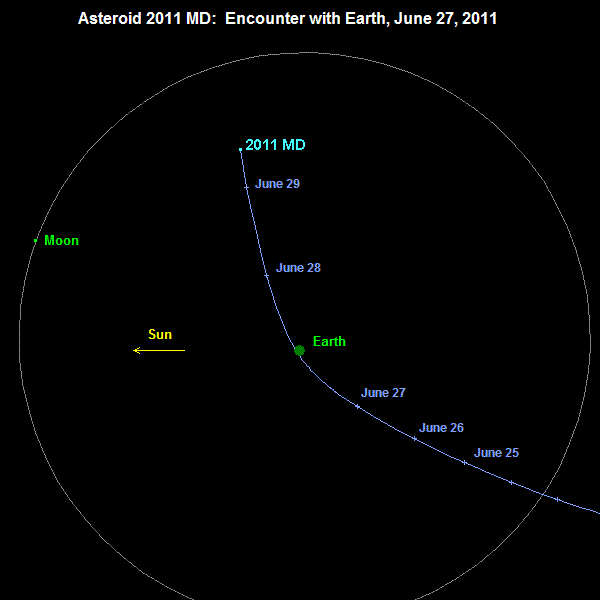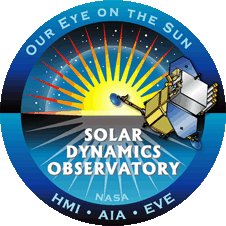Aurora Australis, from space
As noted by the BBC, Nasa have released a short video of the Aurora Australis “created from a sequence of still shots taken by astronauts on board the International Space Station. The images were acquired on September 11, 2011 as the ISS orbit pass descended over eastern Australia.” Wondrous. Pete Baker















